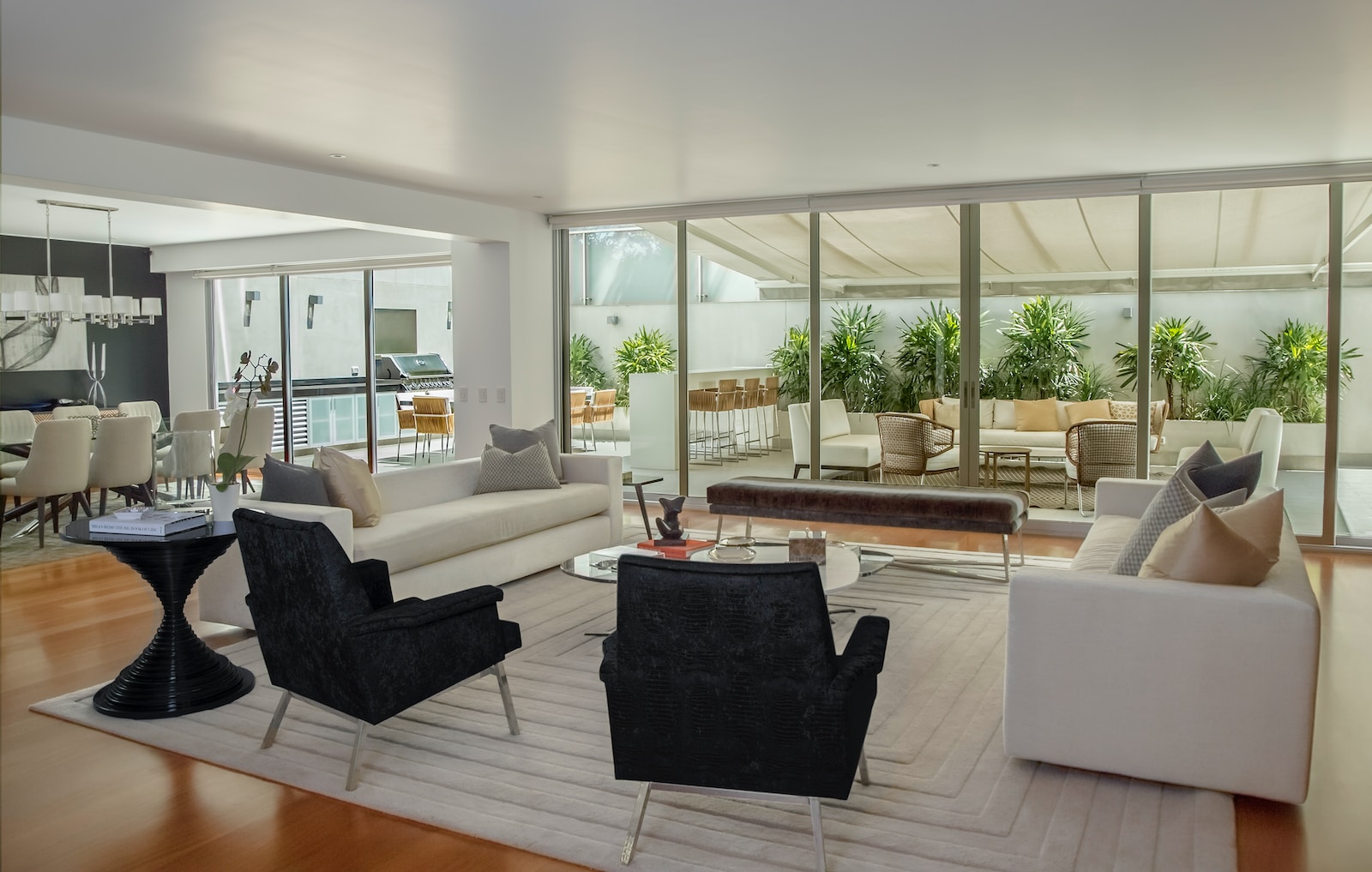In the fast-paced and ever-evolving world of commercial spaces, furniture plays a crucial role in setting the tone and functionality of these environments. From chic modern offices to trendy cafés and luxurious hotels, commercial furniture goes beyond mere aesthetics; it is a reflection of brand identity, employee productivity, and customer satisfaction. As businesses strive to create unique experiences for their clients, the demand for innovative and versatile furniture solutions continues to grow. In this article, we delve into the fascinating world of commercial furniture design, exploring its evolution over time, its impact on various industries, and the emerging trends that are reshaping this dynamic sector. So let’s embark on this journey together as we uncover the secrets behind creating captivating spaces that leave a lasting impression.
The Importance of Commercial Furniture
Commercial furniture plays a vital role in creating a lasting impression on customers. When walking into a restaurant or hotel, the first thing that catches our eye is the ambience, which largely depends on the furniture. The right furniture can enhance the overall look and feel of any commercial space, making it more appealing and comfortable for customers.
Furthermore, commercial furniture is designed to withstand heavy use and daily wear and tear. Unlike residential furniture that may only be used occasionally, commercial furniture needs to be durable enough to handle constant usage by different individuals throughout the day. It should also be easy to clean and maintain to ensure hygiene standards are met.
Choosing the right commercial furniture not only affects customer experience but also impacts employee productivity. Comfortable seating options in an office environment can improve concentration levels and reduce workplace fatigue. Similarly, well-designed workstations with ergonomic features can promote better posture and prevent long-term health issues such as back pain.
History: Evolution of Commercial Furniture Design
The history of commercial furniture design is a fascinating journey that reflects the evolution of society and its changing needs. From humble beginnings, where functionality was paramount, to today’s emphasis on aesthetic appeal and ergonomics, commercial furniture has come a long way.
In the early days, commercial furniture design revolved around simple objects that served specific purposes. Think back to Ancient Egypt, where pharaohs would sit on ornate thrones while conducting business or receiving guests. These pieces were not just functional; they also symbolized power and status.
As time went on, commercial furniture design became more innovative. The Industrial Revolution brought mass production, making furniture more accessible to all levels of society. The mid-20th century saw designers such as Charles and Ray Eames revolutionize the industry with their sleek and ergonomic creations, like the iconic Eames Lounge Chair.
Today, commercial furniture design continues to push boundaries. With an increasing focus on sustainability and adaptable workspaces, designers are creating environmentally friendly pieces that can be configured for different uses. Collaborative spaces have become popular in modern offices, leading to new ideas like modular seating arrangements and adjustable height desks.
Types of Commercial Furniture: From Office to Hospitality
One of the most important aspects of any commercial setting is choosing the right furniture. It not only enhances the aesthetic appeal but also plays a vital role in creating a functional and comfortable environment for everyone who interacts with it. Whether it’s an office space or a hospitality establishment, there are various types of commercial furniture available to suit different needs and preferences.
In an office setting, functionality is key. Ergonomic chairs with adjustable features promote better posture and reduce the risk of musculoskeletal problems among employees. Desks with built-in storage units provide practicality and organization, allowing workers to maintain a clutter-free workspace. Additionally, modular furniture solutions are gaining popularity as they allow for easy reconfiguration and adaptability in open-plan offices.
The hospitality industry has its own unique set of requirements when it comes to commercial furniture. In restaurants, comfort is crucial for guests who spend hours enjoying their meals. Dining chairs need to be stylish yet supportive, while bar stools should offer both comfort and convenience at the counter. On the other hand, hotels require sturdy yet fashionable bedroom sets that can withstand frequent use without compromising on aesthetics.
Conclusion
In conclusion, the world of commercial furniture is an intricate and dynamic industry that plays a significant role in shaping the spaces we inhabit. From offices to restaurants, hotels to hospitals, well-designed furniture not only enhances functionality but also impacts the overall experience of individuals.







